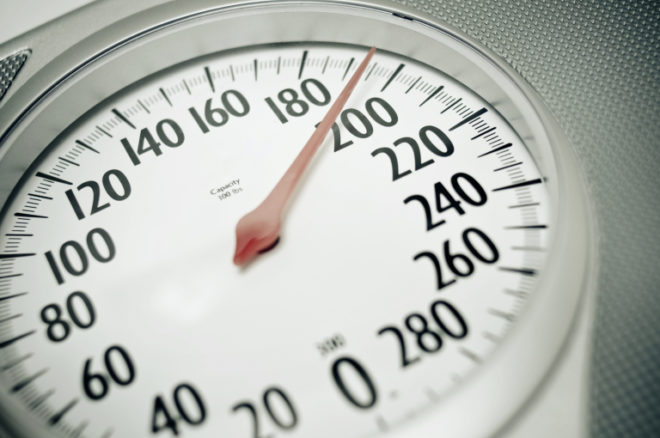
New research has found that excess weight around the waistline could be linked to mental as well as physical health problems, finding that women who had a higher waist-to-higher ratio may also have an increased risk of developing anxiety.
Carried out by researchers from the Universidad Peruana de Ciencias Aplicadas (UPC) and Universidad Nacional de Piura (UNP), Perú, the Universidad de Chile, Chile and the Universidad Católica de Santiago de Guayaquil, Ecuador, the study looked at 5,580 women between 40 and 59 years of age from 11 Latin America countries.
The researchers measured anxiety levels of the women as well as their waist-to-height ratio (WHtR), in the first study to look at a link between the condition and this specific measurement of weight.
Waist-to-height ratio has previously been shown to be the best indicator for assessing risk of developing a cardiometabolic disease, which includes cardiovascular disease (stroke, heart failure, and myocardial infarction), diabetes, and metabolic syndrome. A general guideline is that a woman is considered obese if her waist measures more than half of her height.
With 61.3 percent of the participants reporting experiencing anxiety, the team found that women in the middle and upper thirds of waist-to-height ratios were significantly more likely to have the condition.
In addition, those in the upper third were also more likely to actually display signs of anxiety, compared with women in the lower two-thirds.
Anxiety is one of the most common mental health disorders. It can be caused by a variety of factors, but women are more likely to experience anxiety than men. Research has also shown that the rate of anxiety among women can increase during middle age, possibly due to levels of estrogen decreasing, which can have a protective effect.
The findings could also be significant as anxiety is linked to a variety of other serious conditions, including heart disease, diabetes, thyroid problems, respiratory disorders and drug abuse.
“Hormone changes may be involved in the development of both anxiety and abdominal obesity because of their roles in the brain as well as in fat distribution. This study provides valuable insights for healthcare providers treating middle-aged women, because it implies that waist-to-height ratio could be a good marker for evaluating patients for anxiety,” says Dr. JoAnn Pinkerton, executive director of The North American Menopause Society (NAMS).
The findings can be found published online in Menopause, the journal of NAMS. JB
RELATED STORIES:
Could a lifetime of exercise be the key to slowing down the aging process?
Healthy diet may not be enough to counteract effects of too much salt, says new study

